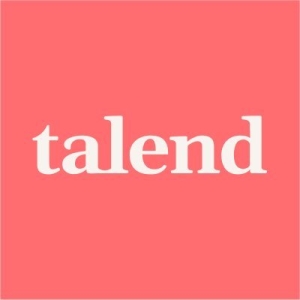I'm very passionate about this solution because if you look at any other tool that costs around $200 - $300,000, like Delphix which costs you a million dollars, Talend is very cheap and is almost is at par with what others can do. There is one thing which Delphix does which Talend cannot do, but overall, I would say apart from that, if you're looking for a solution, you should give it a try.




